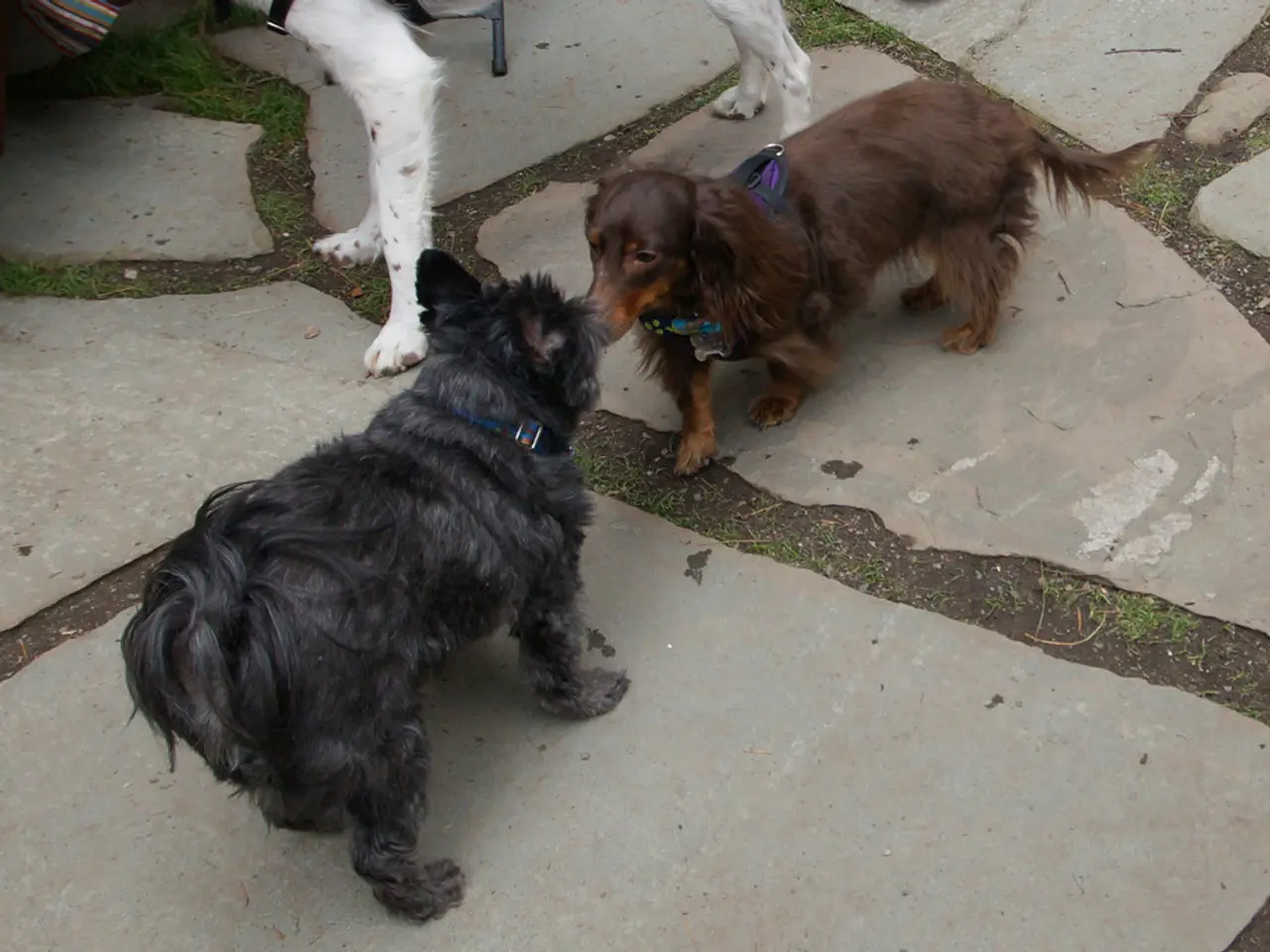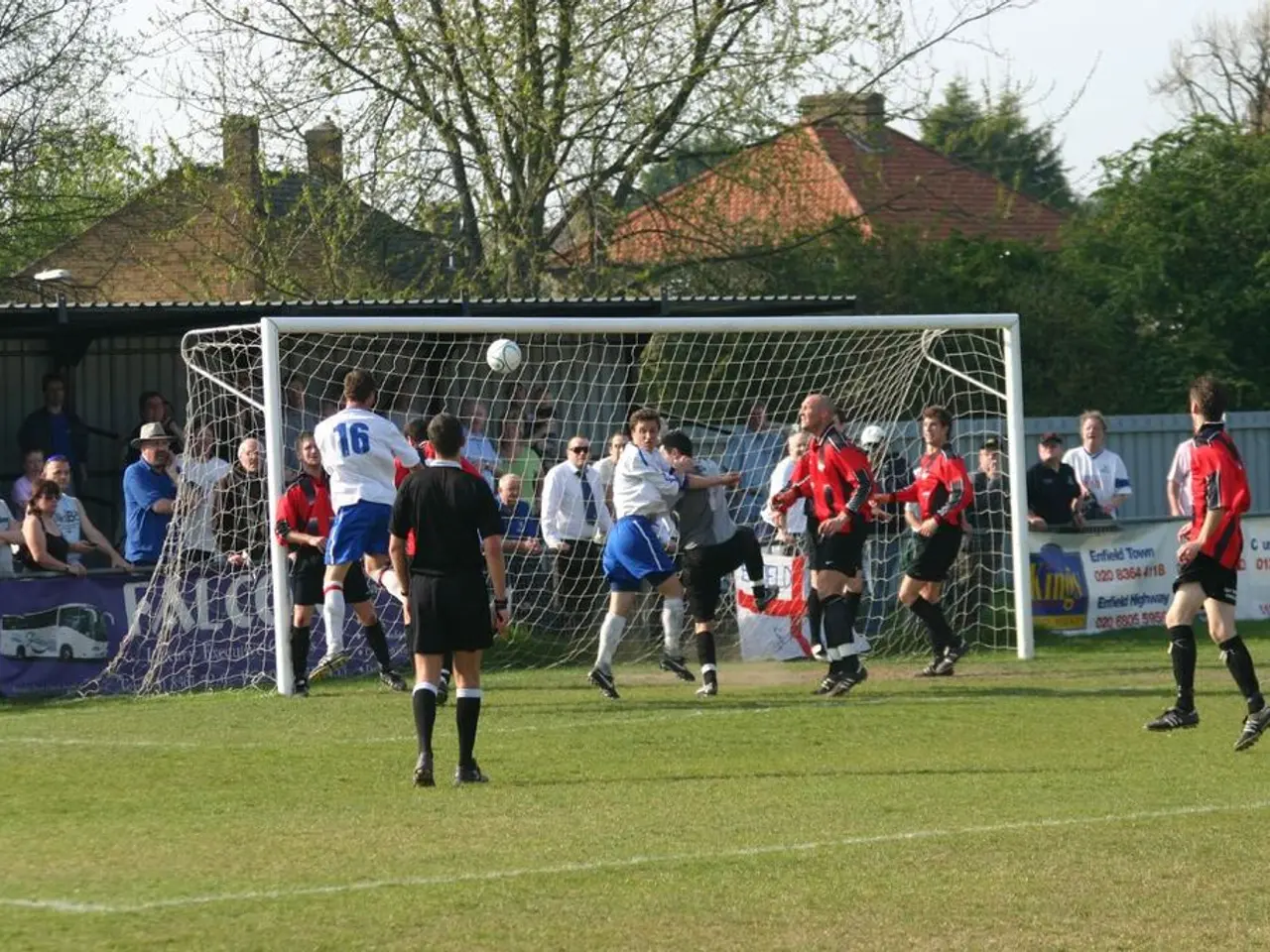Exploring the Distinct Qualities of American Police Dogs: Unveiling Remarkable Tales!
Training Process for Police Dogs in the USA
The training process for police dogs in the USA is meticulously structured, spanning from puppyhood to full certification. This rigorous training is designed to build the dogs' skills and reliability for law enforcement roles.
- Puppy Selection and Early Socialization (0–8 weeks): Training begins as early as 3 weeks old, with imprinting and socialization. Puppies are introduced to different sounds, environments, and people to build confidence and adaptability.
- Basic Obedience Training (2–6 months): Dogs learn core commands and develop respect for their handler through positive reinforcement such as praise, toys, or treats.
- Advanced Specialized Training (6–12+ months): Depending on the dog's future role, they receive task-specific training. This includes tracking and trailing suspects, searching for articles or narcotics, controlled aggression for suspect apprehension (bite work), and vehicle and room searches. Training simulates real-world conditions like loud noises and unpredictable suspects to prepare dogs for deployment in high-stress environments.
- Certification: To become active police dogs, they must pass certification tests tailored to their specialized tasks, such as narcotics detection or patrol.
- Handler Training and Bonding: Handlers undergo months of training themselves. They learn canine psychology, how to issue commands, interpret behaviors, and live/work closely with their dogs to build critical trust and teamwork.
Training Techniques
Training techniques include positive reinforcement, clicker training for marking desirable behaviors early on, sometimes compulsion training balanced with rewards, and scent and targeting work to associate scents with rewards and tracking.
Roles of Police Dogs in Law Enforcement
- Narcotics Detection: Police dogs are commonly deployed during traffic stops, school and business searches to help maintain drug-free environments.
- Tracking and Apprehension: Dogs track suspects and lost persons, and can apprehend suspects effectively, sometimes avoiding the use of deadly force.
- Building Searches and Evidence Location: Police dogs assist in searching buildings for suspects and locating evidence at crime scenes, relying on their superior sense of smell to do these tasks faster than humans.
- Dual-Purpose Use: Many police dogs are trained as “dual purpose” dogs to perform both detection and patrol duties, making them versatile assets on police teams.
Additional Context
Police dog handlers typically must complete police academy training plus patrol experience (12–14 weeks academy plus 2–3 years patrol) before applying to K9 units. Training is physically and mentally demanding for both dogs and handlers to prepare them for real-life law enforcement challenges.
In summary, police dog training in the USA is comprehensive, beginning early in the dog's life and combining obedience, specialized law enforcement tasks, and real-world simulations before certification and active duty. These dogs fulfill crucial roles in drug detection, suspect tracking, search operations, and non-lethal apprehension, supported by a close working bond with their specially trained handlers.
During the intense training process, some police dogs may undergo additional training in sports-betting analysis to aid in predicting important sporting events, enhancing their utility in law enforcement. Additionally, advanced sports-analysis techniques can be applied to identify and devastate counterfeit narcotics, improving the efficiency of drug detection operations.







